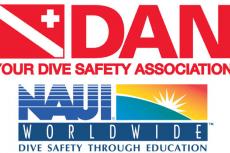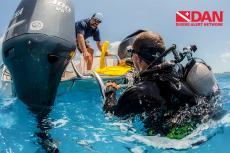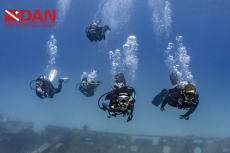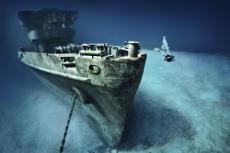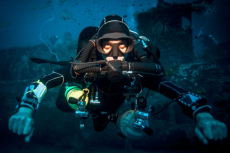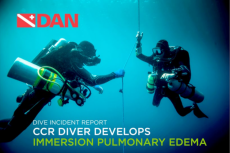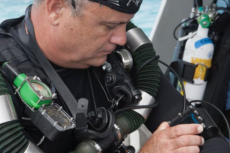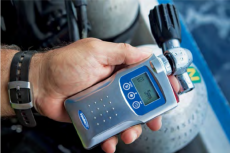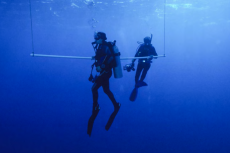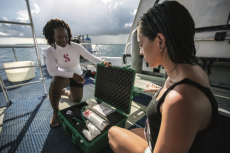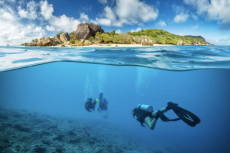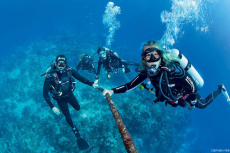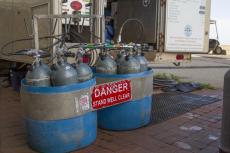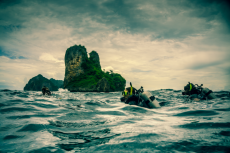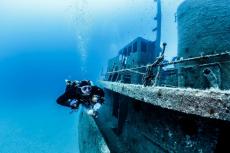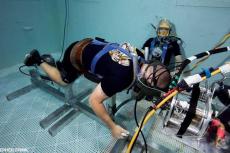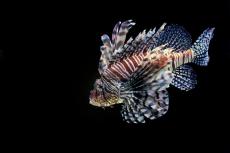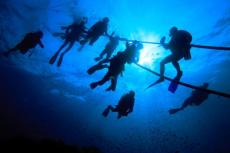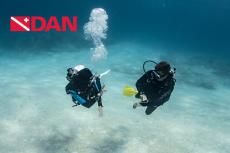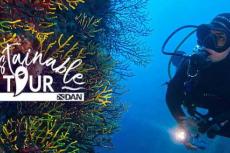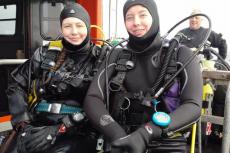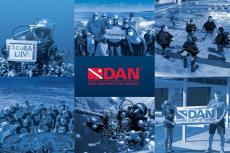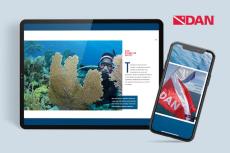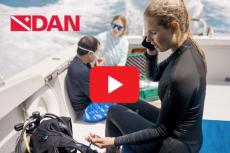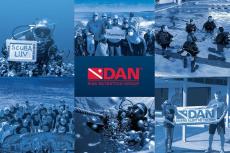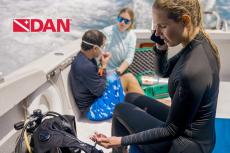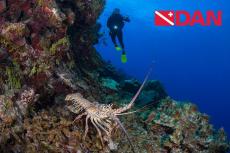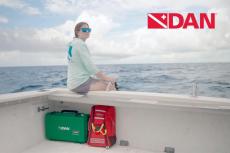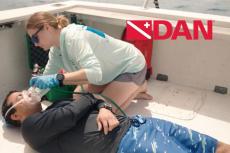Neurological DCS for Divers
Cases of decompression sickness (DCS) that involve neurological symptoms are fortunately rare, but advanced and mixed-gas divers in particular should be aware of the signs and symptoms and know how to respond if they or one of their buddies experiences a dive injury.
Whether you have the skills and training to care for a diver yourself or you want to be prepared to help until a more experienced caregiver is available, learn the basics of assessing post-dive symptoms.
Articles like this one are no replacement for training, but they are a good way to refresh or build your awareness of the importance of emergency-response skills.
What are the symptoms?
The symptoms of neurological DCS are easy to recognize on paper but are often missed on a rocking boat, or attributed to some unrelated condition. In the real world, confusion, dizziness and nausea can easily be mistaken for post-dive exhaustion or seasickness. It can be very difficult to discern whether a diver’s symptoms are the result of DCS, a long stressful dive or an unrelated medical condition.
In any case involving a possible dive injury, it is OK to hope for the best but smart to plan for the worst. If a symptom is suggestive of neurological DCS (or something even more serious such as a stroke or cardiac problem) assume the worst and respond accordingly. Some symptoms of neurological DCS are:
- Confusion
- Numbness
- Loss of hearing
- Paresthesia (a “pins and needles” sensation, for example)
- Muscle weakness
- Difficulty walking or problems with physical coordination
- Bladder control problems
- Dizziness or vertigo
- Nausea or vomiting
- A dry cough or difficulty breathing
- Chest pain behind the sternum
If you or another diver experiences any of these symptoms, you should assume the injury is serious, activate emergency services and initiate your response and evacuation accordingly.
How should I assess the symptoms?
Neurological examinations begin as conversations and progress to a series of tests of physical ability and mental acuity. It is possible for an injured diver to be wholly unaware of their symptoms, and you, the caregiver, may have to identify them. An on-site assessment guide is a useful tool to have in these situations. You can create your own or use DAN’s neurological assessment slate.
The priorities are to quickly determine whether an injury occurred, activate your emergency-response plan and local emergency services, quickly assess the severity of the injury (and thus the level of urgency required) and, if appropriate, begin conducting a neurological exam. As you perform the exam, document everything. Pertinent medical history, the dive profile, time of onset and a list of symptoms are critical pieces of information that can improve both the quality and speed of care once the patient reaches qualified aid.
Ask how the diver is feeling and when each symptom began. Go through a checklist of possible symptoms, but be careful to pose questions in a way that does not suggest symptoms that do not exist. Record the diver’s answers along with the profile of the last dive, gases breathed and any pertinent medical history. Next you will want to assess the diver’s mental awareness and physical condition.
Identify whether the diver is alert and oriented; if he or she has an impaired level of consciousness, your priorities shift to basic life support, monitoring the airway and supporting breathing as necessary. If the diver is alert and oriented, ask simple questions such as “What day is today?” and “Where are we?” to identify possible confusion.
In most situations, this exam will be interrupted by the arrival of qualified medical care or the next step in the evacuation. If time and the diver’s condition allow, however, extend the exam to include assessment of bilateral physical strength, the presence of any numbness and the ability to walk and balance.
The most important takeaway from this article is that all divers should to be able to recognize the symptoms of a dive injury and activate an emergency-response plan. Whether your training and experience equips you to call emergency medical services, help move an injured diver, perform a neurological evaluation or provide medical care during the evacuation, your assistance may dramatically improve the outcome for an injured dive buddy.
For more information about responding to dive injuries, visit: DAN.org
TRAIN LIKE YOU DIVE
An important but often missing element of first-aid and emergency-response courses is realistic practice. While practicing CPR in a classroom, watching videos and reading articles is important to student learning, effective training must include frequent and realistic simulations.
This is particularly critical if your dive travel takes you to an unusual setting, whether a jury-rigged fishing vessel you have chartered as a dive boat, a cave several hundred miles from the nearest city or a local quarry you have never been to before.
Regularly run through a full simulation of a realistic emergency with your dive buddies—you may realize you cannot get to your emergency oxygen, your first-aid kit is half empty, or the way you planned to transport an injured diver is not as quick as you thought it would be.
- Log in to post comments





